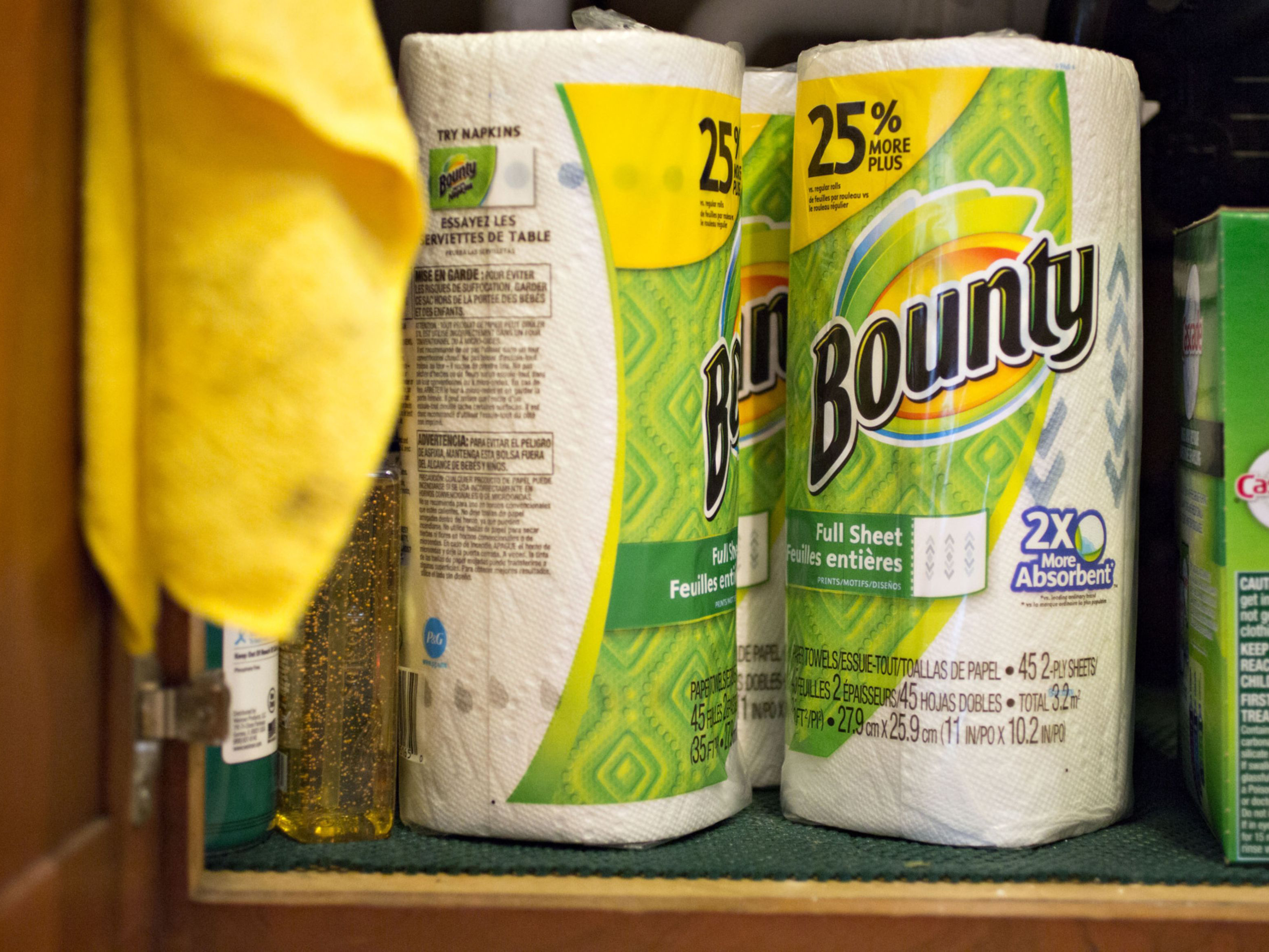
Visit Our Sponsors |
|
|
|
|
|
|
|
|
|
|
|
|
|
|
|
|
|
|
|
|
|
|
|
|
|
|
|
|
|
|
|
|
|
|
|
|
|
|
|
|
|
|
|
|
|
|
|
|
|
|
|
|
|
|
|
|
|
|
|
|
|
|
|
|
|
|

U.S. companies face soaring bills for all kinds of materials that they need to do business — and surging demand is helping them pass on those higher costs to their customers.
In early-season earnings calls, executives from burrito chain Chipotle Mexican Grill Inc. to appliance giant Whirlpool Corp. and diaper maker Procter & Gamble Co. have outlined price hikes, largely in response to rising materials costs.
Their comments back up the data that show inflationary pressures building in the economy as the pandemic recovery gains speed. A sustained rise in prices is poised to test the Federal Reserve’s expectation that any post-Covid spike will be limited and temporary.
Shortages, bottlenecks and a year-long bull market in commodities have been pushing inflation rates higher across much of the world. In the U.S., which pumped more pandemic stimulus into its economy than most countries and has managed a faster vaccine rollout, those supply issues may be amplified by a boom in demand. Consumer confidence rose sharply for a second straight month in April, to the highest level since the pandemic began, the Conference Board reported on Tuesday.
Indexes of prices received by manufacturers from the New York, Kansas City and Dallas Fed districts all climbed to record highs in April. Business executives in the Dallas Fed survey said their selling prices, costs of inputs and even wages will all rise more than twice as fast as they did last year, at rates between 4.3% and 5.5%.
The list of commodities that are getting more expensive is lengthy — from plastics, steel and wood to adhesives and resins — and many are in short supply, according to the Institute for Supply Management. The latest ISM report showed the share of manufacturers saying their cost of inputs rose last month was close to a post-2008 high.
Corporate chiefs say they’re able to raise their own prices in response, without scaring off customers. A combination of pandemic stimulus and enforced savings under lockdown has left U.S. households flush with cash, at least in the aggregate.
‘Just So Solid’
Appliance maker Whirlpool is phasing in price increases of between 5% and 12%, which will almost all be in place by the end of the second quarter, according to Chief Financial Officer Jim Peters.
“Material costs are still increasing,” and will likely keep doing so until the third quarter, Peters said in an interview. The company has been able to pass on those costs, he said. “Right now, demand is just so solid in new home construction, in remodels, in replacements, all areas are really strong.”
Strained supply chains have been one major driver of rising input costs.
The six-day blockage of the Suez Canal by a stranded container ship in March was just a visible manifestation of the kind of bottlenecks that are emerging around the world, said Daniel Florness, chief executive of industrial supplier Fastenal Co.
“Constraint and rising activity create one thing, and that is inflationary pressures,” Florness said on an April 13 earnings call. “We are seeing that. We do anticipate seeing a larger impact as we move into Q2 and Q3.”
In the ISM’s March survey of purchasing managers, some 72% of manufacturers reported paying higher prices for materials.
The entire furniture industry is dealing with a slew of price pressures from raw materials and increased logistical costs, Hooker Furniture Corp. Chief Executive Officer Jeremy Hoff said on an April 14 earnings call. Raising prices when other companies are in similar situations “is definitely a lot easier than it would be otherwise,” he said.
Because of such pass-throughs, consumer inflation for goods is picking up steam. Prices rose at a 7.4% annualized rate in the three months through March, close to the fastest since 2011.
The headline consumer-price inflation rate jumped to 2.6% last month. The Fed’s preferred gauge remained at 1.6% in February, below the 2% target, and it’s expected to accelerate to 2.3% in March numbers due Friday. Fed Chair Jerome Powell says he’s ready to keep interest rates close to zero for an extended period, and allow inflation to overshoot, until the economy returns to full employment.
Inflation in the service industries, where many businesses are only now starting to reopen as pandemic restrictions are lifted, has been more restrained than for goods.
Still, pressures may be building there too. In the ISM poll of service providers in March, 52% said they were paying higher prices, the most in almost eight years.
The spread of vaccination is set to boost demand — and potentially prices — in areas such as travel, hospitality and events. It’s already happening in the tourism industry. After a pent-up year, Americans are rushing to book summer travel — driving up the prices of car rentals, which jumped almost 20% in the first quarter, and vacation homes.
It may take a bit longer for corporate travelers to get back on the road. United Airlines CEO Scott Kirby said in an April 20 earnings call that he sees demand for business trips picking up along with school reopenings.
“We have to have people back in office buildings, which I think probably starts in the fall,” Kirby said. “That begins business travel.”
RELATED CONTENT
RELATED VIDEOS
Timely, incisive articles delivered directly to your inbox.

